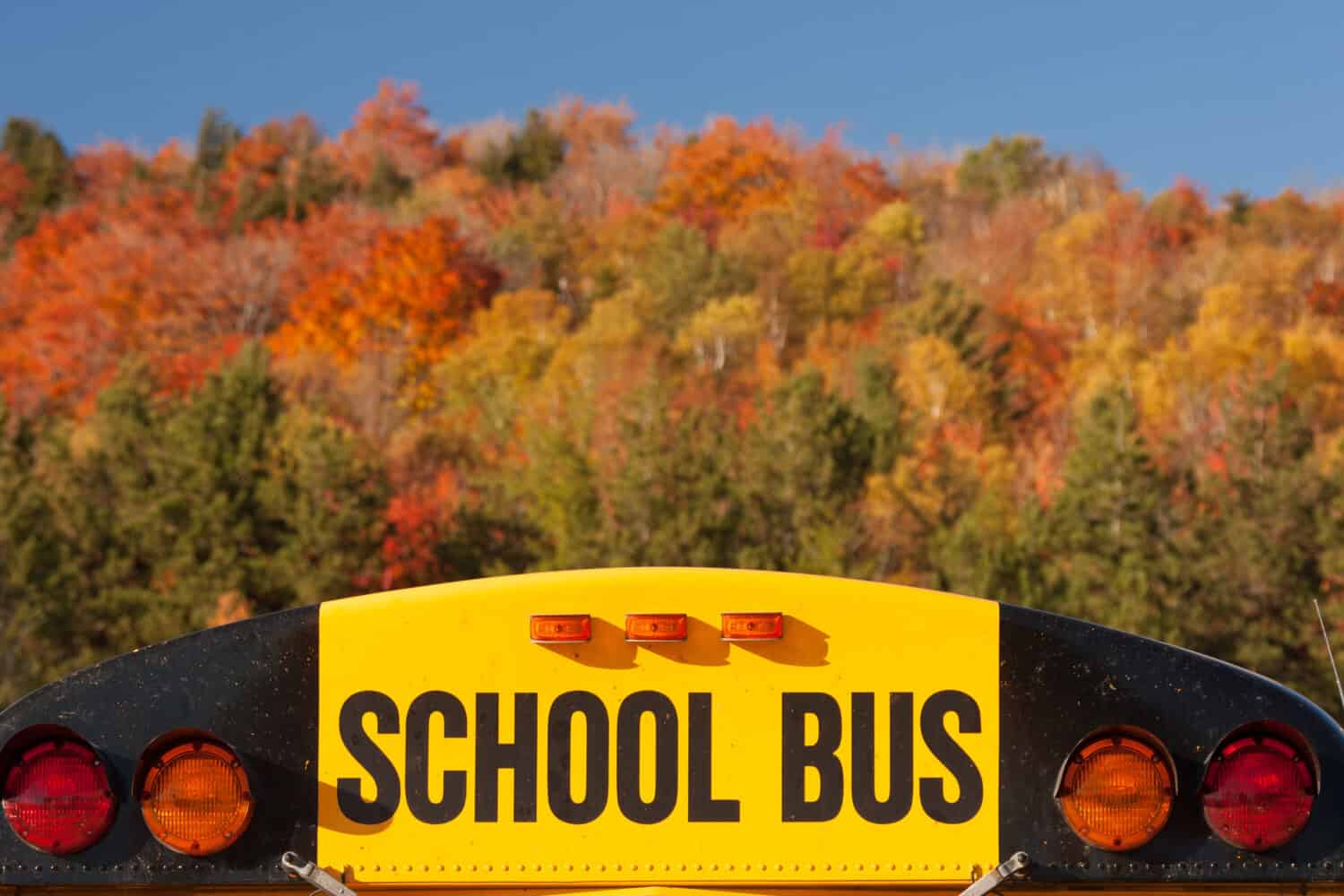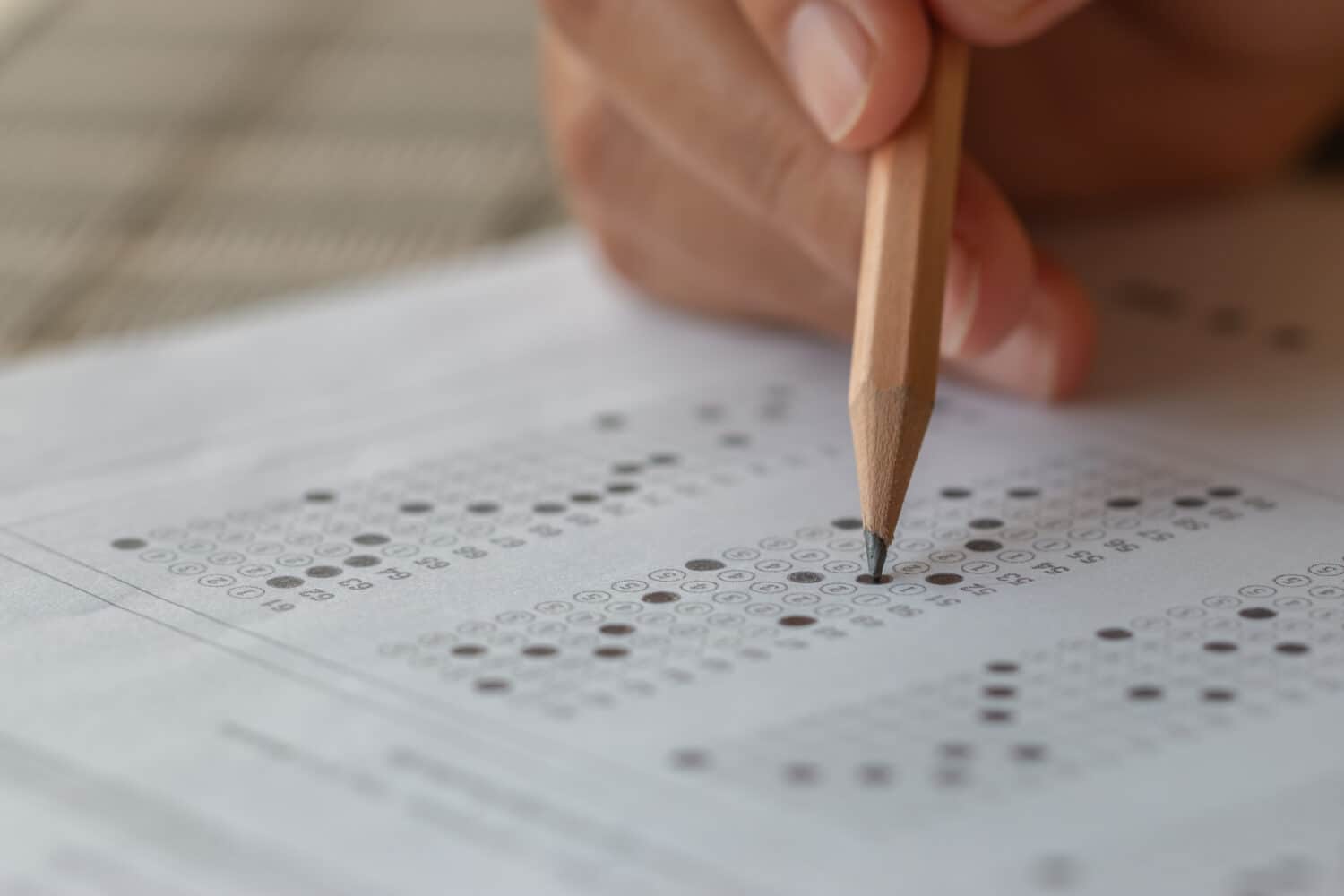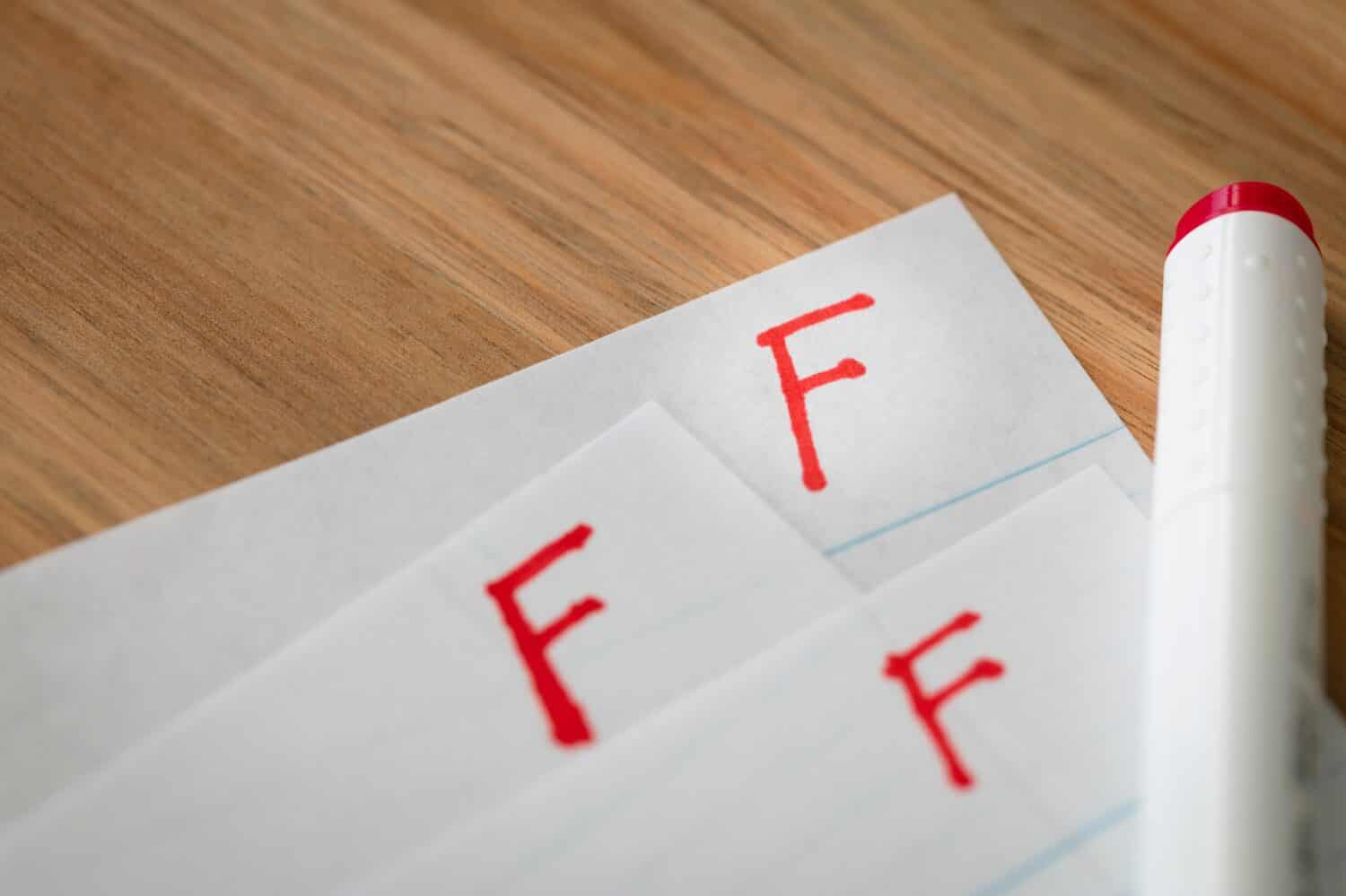Nestled in New England, Vermont is the sixth smallest state in the United States. However, this small state ranks highly in education. From 2005 to 2006, Vermont's high-quality public schools earned it the ranking of the smartest state in the United States. Despite slipping slightly in recent years, Vermont schools remain among the top states for quality education.
Currently, Vermont ranks fifth in the United States for public schools and eighth for education quality, with the lowest pupil-to-teacher ratio of 10.5-to-1. Vermont also ranks fourth for safety. The state tied for first with Massachusetts and Oklahoma for having the lowest percentage of threatened or injured high school students.
However, like every state, Vermont has schools that are struggling. We will take a closer look at the worst-ranked schools in the state and examine what needs improvement at each school.
Understanding How Schools and Colleges Are Ranked
The criteria for high school and college rankings vary widely, but they typically focus on several key factors. These factors include the school's academic performance. Standardized test scores, graduation rates, and college acceptance rates measure each school. Many believe that these figures are the best indicators of a school's success.
Additionally, we take into account factors such as the student-to-faculty ratio and faculty qualifications. These results provide a good snapshot of the expertise and attention given to each student. Moreover, the availability of resources and the state of the school's facilities are also factors. These include the quality of libraries, laboratories, and the extracurricular activities offered to students.
We evaluate colleges based on their post-graduation outcomes, diversity and inclusion efforts, and financial resources. We also consider their reputation within the academic community and the achievements of the school's alums. Additionally, college rankings include students' post-graduation financial burden and their earnings within ten years of graduation.
When evaluating colleges and schools, parents should consider individual preferences and needs alongside school rankings. Rankings alone may not capture the unique strengths of each school or college.
Vermont's Worst Middle and High Schools
Vermont has around 250 public schools, with 28 union high schools supported by separate school districts for elementary grades. Furthermore, there are nearly ninety towns in the state that either do not have public schools or only have a public elementary or high school. In cases where the student's town does not provide the necessary grades, they have the option to choose the school they wish to attend. Public or approved independent schools receive tuition fees for resident students directly from towns.

©Don Landwehrle/Shutterstock.com
Leland & Gray Union Middle & High School
2042 Vt Route 30, Townshend, Vermont 05353
Leland & Gray Union Middle and High School is a small rural school with approximately 154 students. Despite having a teacher-student ratio of 9:1, the academic performance of the students is well below the national average. Only 30 percent of the students passed the Mathematics exam, while a mere 40 percent passed the standardized Science exam. Additionally, a mere 50 percent of the students passed the reading comprehension test. Due to these poor results, the U.S. News and World Report currently ranks this school as “well below expectations.”
As with many low-performing schools, approximately 48 percent of the student body comes from financially disadvantaged backgrounds. Online reviews reveal that students appreciate their teachers. However, they often highlight the school's age and urgent need for building repairs. Other students who later attended different schools say that the coursework at Leland & Gray is not as advanced as other schools. Furthermore, they feel it did not adequately prepare them for college.
According to recent college entrance exams, Leland & Gray students scored 49.5%, indicating a lack of preparedness for college. Additionally, only 70 percent of the students graduate from high school, which is significantly lower than Vermont's state average. As a result of these low scores and poor reviews, Leland & Gray falls in the bottom percentile of Vermont schools.
Richford Junior/Senior High School
1 Corliss Heights, Richford, Vermont 05476
Another Vermont school that has performed poorly on student testing is Richford Junior/Senior High School. Currently ranked at the bottom of Vermont schools, students here scored at only 28 percent on the Mathematics proficiency exam. Furthermore, a mere 40 percent of students were proficient on the Reading exam.
Around 57 percent of students at Richford Junior/Senior High School come from economically disadvantaged homes. Almost 60 percent of students receive free or reduced lunches. However, this small, rural school has a family-like atmosphere. As a result, many students say online that they feel supported by their teachers. However, these same students mention the lack of extracurricular activities available. They also feel that the academic standard is not enough to prepare them for college.
The numbers reflect this since only 5.9% of students scored well on college entrance exams. Moreover, Richford's graduation rate is only 74 percent. All of these factors contribute to making this one of the worst-performing schools in the state.
Winooski High School
80 Normand Street, Winooski, Vermont 05404
Winooski High School, the only high school in the Winooski School District, serves grades nine through twelve. This mid-sized suburban high school's graduation rate is only 58 percent. Unfortunately, this is one of the lowest graduation rates in the entire state.
According to data, despite having a teacher-student ratio of nine to one, only 10 percent of Winooski students are proficient in math. Furthermore, only 27 percent are proficient in reading comprehension. Science proficiency scores are slightly higher at 40 percent.
However, like other schools on this list, student reviews indicate that they like their teachers but do not feel prepared for college. The school's low ACT and SAT scores, combined with a meager AP class enrollment of five percent, reflect this.

©smolaw/Shutterstock.com
Vermont's Worst Colleges
Vermont has a total of 14 colleges and universities despite being the second smallest state by population. Among these, there is one research university and five master's universities. Additionally, the state is home to an art school, a law school, and several associate's and baccalaureate colleges. Many of these institutions have excellent reputations. However, the colleges on our list currently rank as the worst in the state.
Community College of Vermont
660 Elm Street, Montpelier, Vermont 05602
The Community College of Vermont is a college that offers a two-year degree program. However, its graduation rate is only 16.2%, well below the national median. Although the college claims to have the lowest tuition in the state ($6,720 per year for in-state students), the average salary of its graduates ten years after completing their degree is only $28,000 per year. Most graduates have an average student debt of $10,000, which may not be worth it when considering their earnings.
Goddard College
123 Pitkin Road, Plainfield, Vermont 05667
Goddard College is a small rural college that was established in 1938 as Goddard Seminary School. The in-state tuition cost for Vermont students is $22,411. After scholarships and aid, students pay an average of $17,931 per year. However, only 25 percent of students graduate from Goddard. Those who do graduate earn $34,500 per year, which is lower than what graduates from similar schools earn. Furthermore, this college is less diverse among students in comparison to other colleges with similar characteristics.
Landmark College
19 River Rd S, Putney, Vermont 05346
Landmark College is a private college for students who need extra support due to learning differences, such as dyslexia, attention deficit hyperactivity disorder (ADHD), and autism spectrum disorder (ASD). Many students and parents have expressed dissatisfaction with the school's organization, isolation, and student assistance.
And with a price tag of $60,406 per year, yet a graduation rate of only twenty-five percent, it may not be worth the risk. Ten years after enrollment, the average income of former Landmark College students who are working is $29,700. This average salary is 13 percent below the national median.

©fizkes/Shutterstock.com
In Summary
Despite Vermont's reputation for being one of the best states in the country for education, there are still some schools that need attention and improvement. We have identified these schools as having below-average test scores and graduation rates. Furthermore, students and parents review these schools poorly online.
These schools require more resources and support to improve the quality of education for Vermont students. Only then can we ensure that all students in Vermont have access to a high-quality education, regardless of which school they attend.
The image featured at the top of this post is ©Alyh M/Shutterstock.com.
